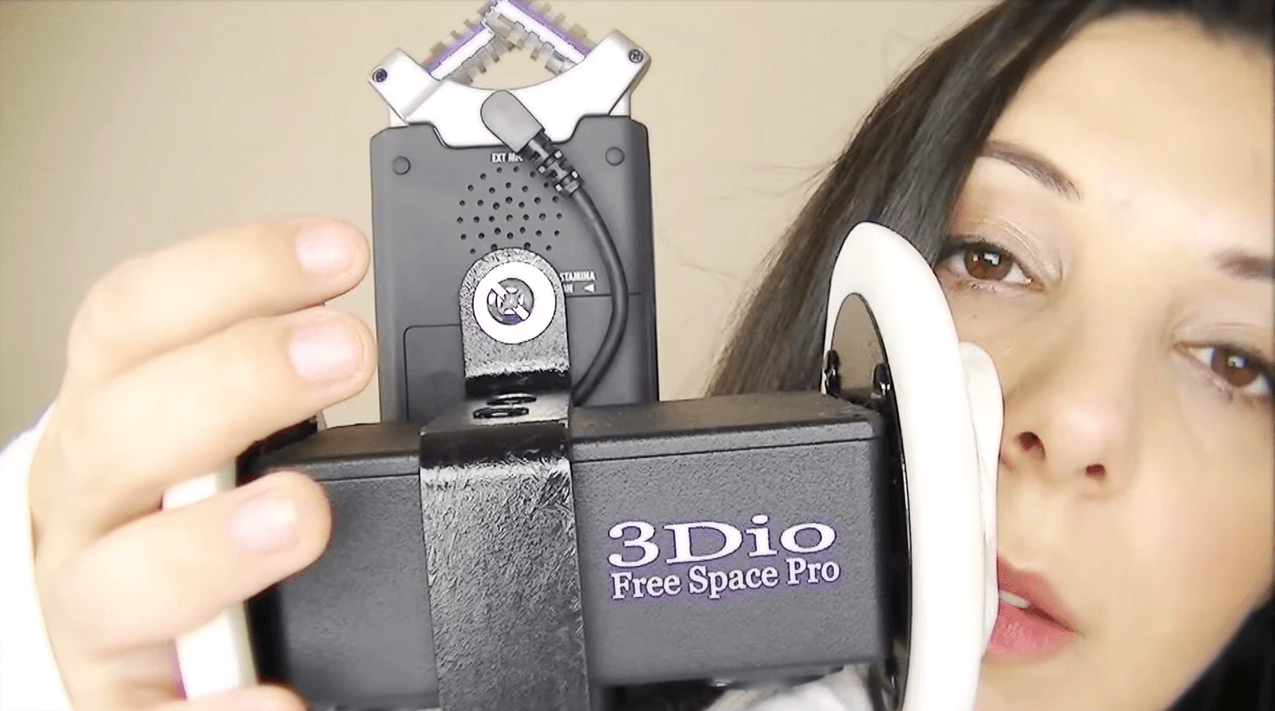
Ok, buckle up because this is a weird one. This part of my culture does not belong to my country of origin, nor to any other country. The ASMR community is a cultural artifact that could only have sprouted and flourished in the cyberspace.
Autonomous Sensory Meridian Response is the informal—yet science-y sounding—name given to an odd sensation. It is a tingly feeling that runs down your spine elicited by specific stimuli, and it can be pleasurable as well as relaxing. It appears that this is not a universal phenomenon, but who is affected or why is still a mystery. In any other period of history, this sensation would be reduced to an interesting factoid. But in the digital age, it became the epicenter of a worldwide community.
Around 10 years ago, forums and messageboards such as steadyhealth and Yahoo! became flooded with discussions about a peculiar tingle that some people feel. Prospective names for it were thrown around, and eventually ASMR stuck. Nothing major came out of these early days, but with a label, the community had something to cluster around. A few years later, Youtube experienced massive growth, and channels exclusively dedicated to ASMR began to establish themselves in the platform. “ASMRtists”, the content creators, probed around and experimented with which “triggers” consistently induced the tingles. Soon, there were countless Youtubers whispering into microphones and tapping on diverse objects, and the viewership accordingly became larger and larger. Presently, ASMR channels surpass a million subscribers, and some have as many as half a billion total views. People all around the world congregate to discuss their favorite ASMRtists and triggers on subreddits, dedicated blogs, and chans. The unprecedented popularity of the phenomenon caught the attention of major media outlets like Vox, Buzzfeed, and The Atlantic. Even scientists became interested in ASMR, and there is a burgeoning field of research attempting to discover what causes these odd tingles and whether they have therapeutic applications.
When someone says “culture”, “weird internet videos with people whispering” is not the first image that springs to mind. But culture is the only name that can be given to something that generates aesthetic content, media responses, commercial products, scientific research; and ultimately binds people together.